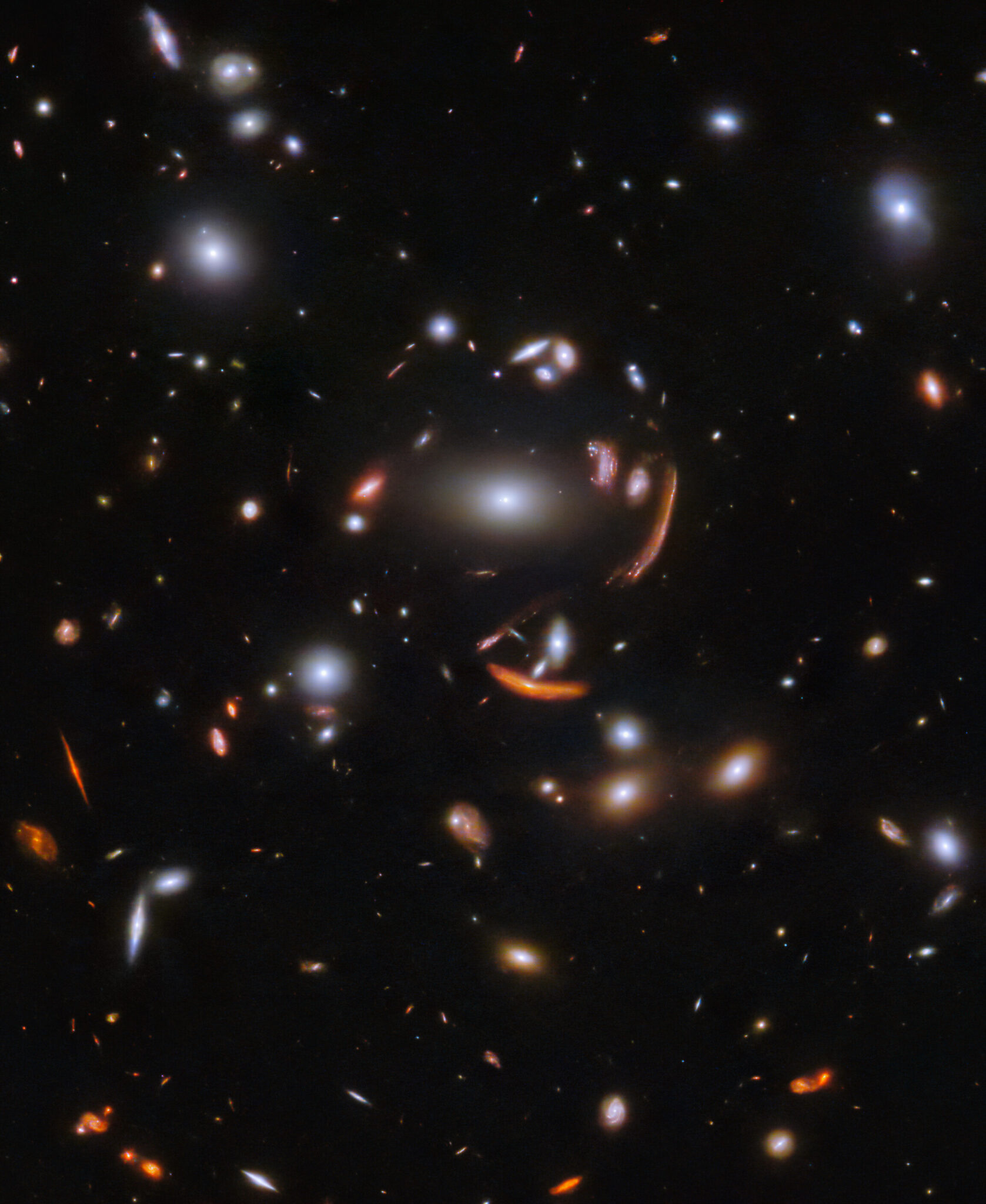Astronomers working with the James Webb Space Telescope (JWST) have published a new image. It demonstrates an interesting optical effect known as the gravitational lens.

The JWST image shows the galaxy cluster SDSS J1226+2152, located at a distance of several billion light-years from Earth towards the Coma Berenices constellation. It is a real “museum” consisting of spiral and elliptical galaxies of all possible shapes and sizes. In the JWST image, there are no stars at all. Each, even the smallest speck, corresponds to a distant galaxy.
The cluster captured by JWST has such a large mass that its gravity distorts and amplifies the light fluxes of more distant background objects, acting as a giant lens. This is clearly demonstrated by the stretched and distorted arcs in the image, which are actually spiral galaxies.
Astronomers actively use the effect of the gravitational lens. It allows them to reach the boundaries of the universe and see objects that are too dim to be seen by even the most powerful man-made telescopes in existence. In this case, scientists were able to study a galaxy that existed only two billion years after the Big Bang.
Based on materials from https://esawebb.org

